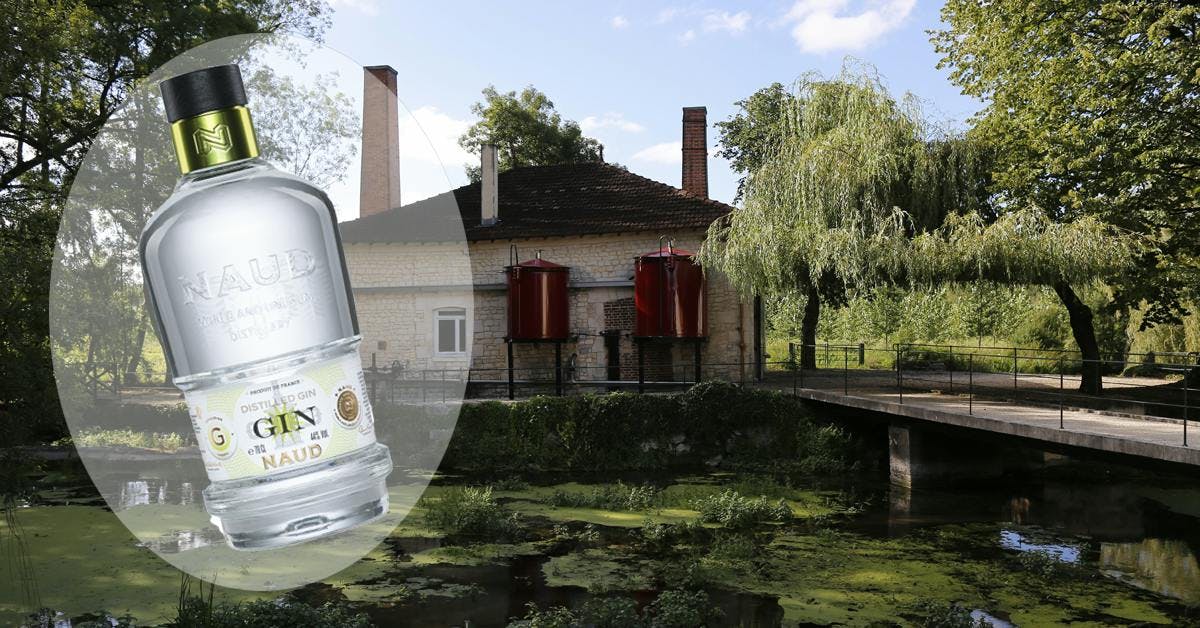
Meet one of the finest French distilling families...
It’s the month for romance, and Craft Gin Club members have fallen head over heels in love with February’s Gin of the Month! Discover the stunning story of the family of distillers behind Naud Gin.
In the beautiful French region of Cognac, blending spirits – called ‘marriage’ – is a way of life. And, after five generations, the distillers behind this month’s gin have elevated the process to a high art. Meet the Naud family, who has crafted Craft Gin Club’s February Gin of The Month.

Housed in an old mill, the Naud distillery is perched on a little island on the Seugne river. In the summer, the linden trees erupt with fragrant flowers, and in the winter the babbling streams sing in the silence of the frosty countryside. It’s a paradise. And here, where two arms of the river meet in an eternal embrace, a father and son work side-by-side to protect their legacy as one of the finest French distilling families.
“I was born in the region and still live in the region – so I would say that this runs through my veins,” says son Pierre. In fact, Pierre is the latest in a long line of Nauds who have lived, worked and distilled in Cognac, one of the premier spirits making regions of the world.
“Not only is there this know-how of the art of distillation,” he explains, “but also in all of the processes of spirits making. We have great cooperage here for the ageing, we have glass manufacturers and bottlers in the region… That’s why some call it the Spirits Valley.”
The Spirits Valley
When you hear the word ‘cognac’, your mind will inevitably go to the big-name brandy brands like Courvoisier and Rémy Martin. The brown spirit that these massive houses, along with innumerable family brands that stretch back hundreds of years, distil from white wine and age for a minimum of two years in barrels, is named after the region, and the two have become synonymous.
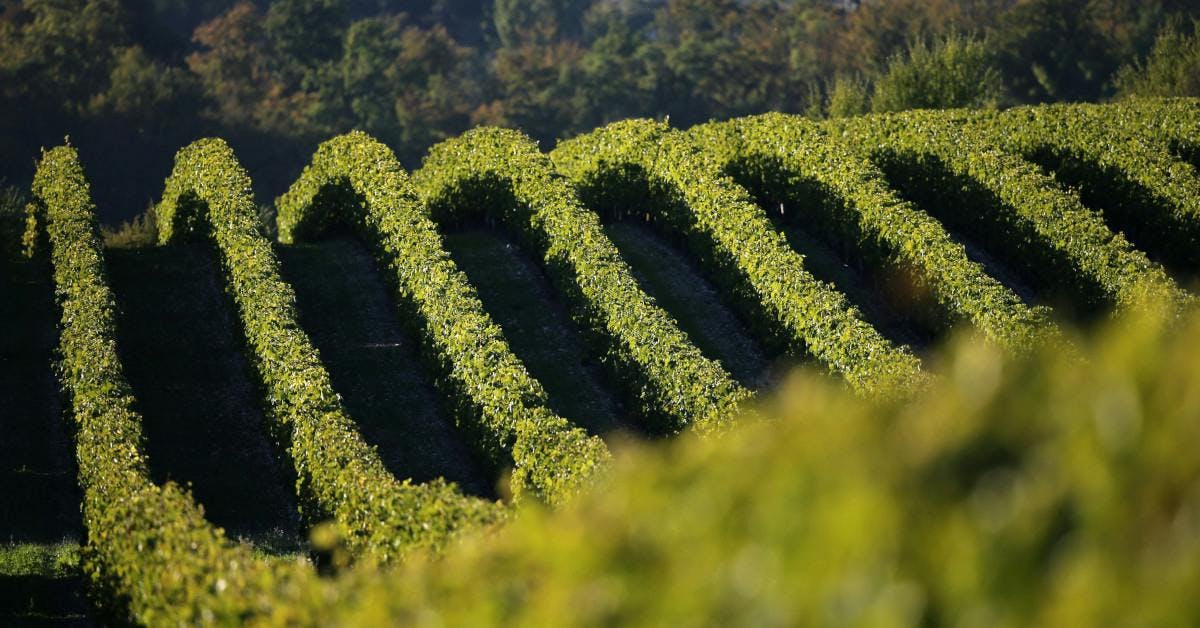
In this beautiful region of southwestern France, tradition is paramount, and distilling is a way of life. With hundreds of years of experience of making the world’s most prestigious spirits, the houses of Cognac have the weight of history behind them – and the challenges and honours that come alongside it.
For the Naud family, their Cognac story goes back five generations. Pierre Naud can count winegrowers and distillers on both sides of his family; the distillery where he now works with his father was founded by his great great grandfather on his mother’s side: Emile Perrier.
“He had a lot of ideas, and one of them was a gin,” says Pierre.
In fact, Emile was something of a visionary. He founded the family distillery in 1923, in the heart of Pons, a small town nearby the city of Cognac. As a founder and head distiller, Emile had a keen mind and a serious independent streak, giving him the confidence to move past the regional pressure to stick to making cognac – and only cognac. Pierre explains, “Doing things differently at the time wasn’t popular.”
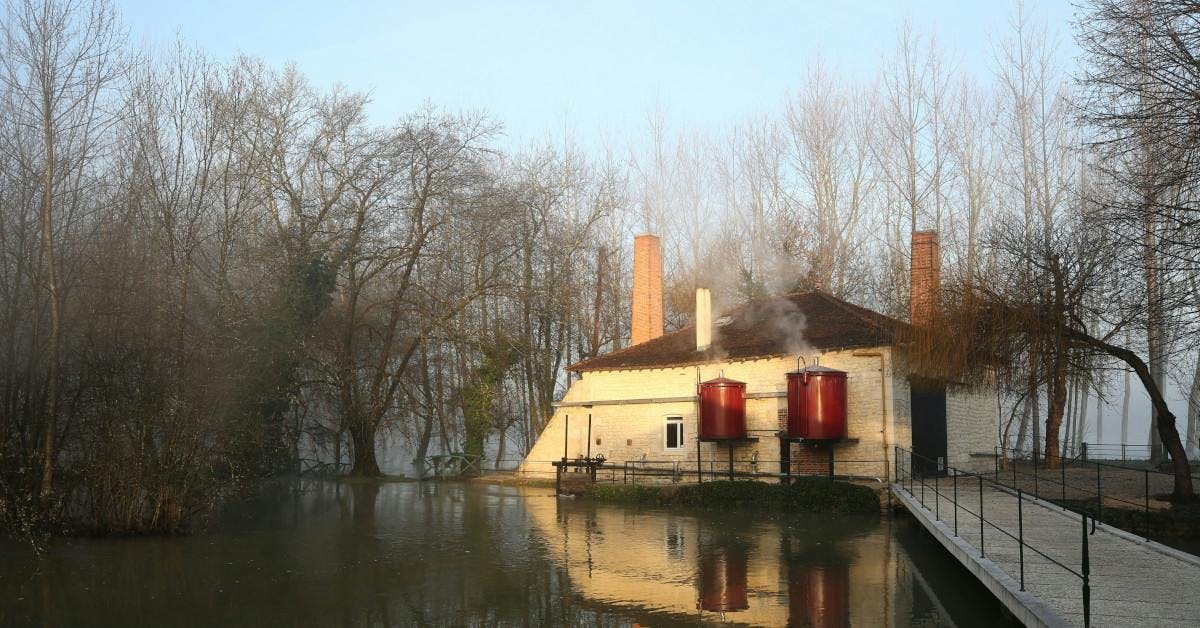
Popular or no, Emile’s creativity couldn’t be contained. He developed fruit liqueurs, fascinating spirits and, Pierre came to learn, even something rather unexpected for the Cognac region: a gin.
Pierre discovered Emile’s notebooks when he went to the centre of town, where the family’s old distillery premises used to be, and went rooting through the property. He explains, “I went into a very old garage we have in our old distillery in town. In the backyard I found some notes of his and discovered that he had sold a gin. It really inspired me!”
But what had become of Emile’s gin? By the time Pierre’s father, Jean-Michel, had joined his wife’s family business, they had relocated to the beautiful grain mill between the rivers, which had been established in the 1930s by Emile’s son. So Pierre began to ask around, quizzing his relatives on their distant ancestor. It was his grandmother who had the answers.
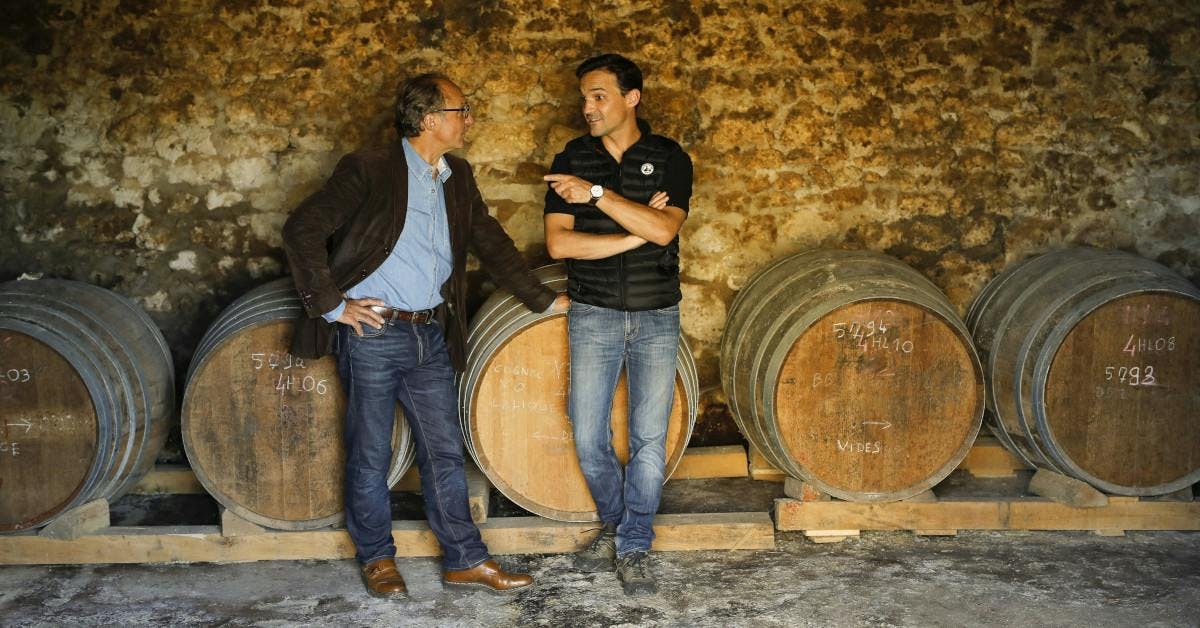
Pierre says, “She told me that he didn’t sell a lot of the gin, but that he was very happy and proud of what he had done. It was his son who focused on the Cognac, which was more promising at the time, in the 1940s.” Most other spirits and liqueurs were left aside for quite some while.
Jean-Michel had a rebellious streak of his own and listened attentively to his son’s story. As a trained oenologist, his heart belonged to cognac. But he had also brought the first vodka stills to the Charente region, accompanying brands in producing exceptional vodka. Like Pierre, he was ready and willing to go out on a limb.
“I wanted to show off what my ancestors did in the past,” Pierre says, “and I wanted to transmit the tradition and reveal the best of our talents, our know-how.”
For Pierre and Jean-Michel, that meant combining their ancestor’s courage and ingenuity with the historic expertise of their region: distillation and blending.
A Happy Marriage
The cognac-making process is ancient and sacred, and must follow a well-defined series of steps to produce a spirit worthy of the name.
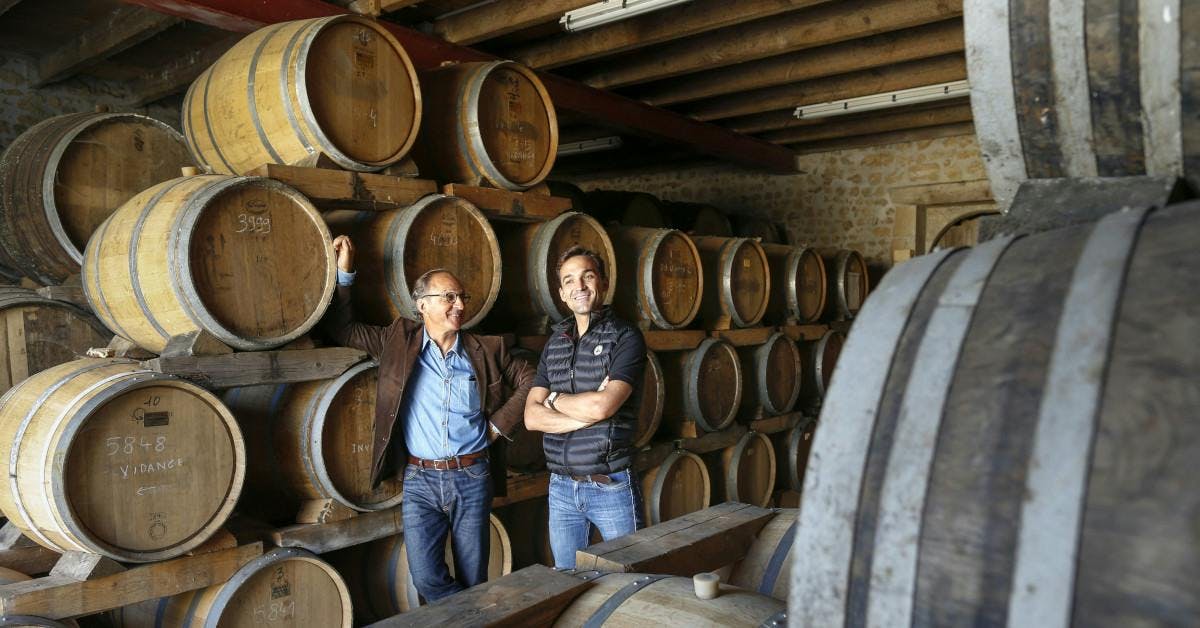
First, grapes are harvested, pressed and fermented to make eau-de-vie, a type of white wine. This eau-de-vie is distilled twice in heavy copper pot stills and then aged for at least two years in barrels – but, often, for much longer. Each cognac house employs a cellar master, whose entire job is to oversee the blending of these aged eaux-de-vie, perhaps the single most important element of the process.
During the blending process, eau-de-vie of different ages, or even made in different parts of the Cognac region, are combined in a process called marriage. Like the institution of the same name, a truly great marriage has the potential to make a sum that is greater, more complex and infinitely more beautiful than its parts.
After five generations, the Naud family knows what it takes to blend a spectacular cognac, and their cellar master, Christophe, is unfailing in his talent and skill. But all three men were eager to use their skills in new and exciting ways.
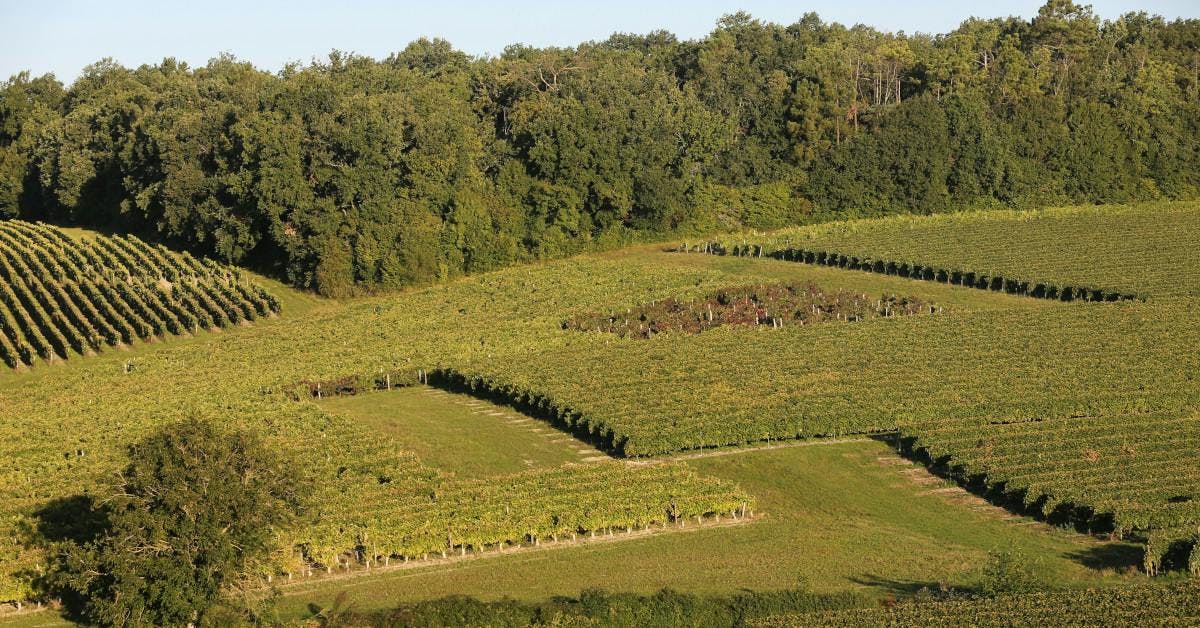
Pierre underlines: “Cognac is our core spirit, because we’re winegrowers and distillers first and foremost. But we started bringing in innovations, just as Emile and my father had done.”
He continues: “We want to reveal our family’s great experience in distillation through this line of spirits. The idea was to take inspiration from Emile’s ancient recipes, use the expertise of the Naud family and involve Christophe who has a solid gin background”.
But what kind of spirit would these three men – loyal sons of Cognac, but also keen experimenters – set out to create? For Pierre it was important to create something bright and refreshing, a spirit made for sharing. He explains: “We wanted to make a different gin – so many people say that! But we wanted to keep juniper really present as the back-bone, which is sometimes unfortunately forgotten in some gins. ”
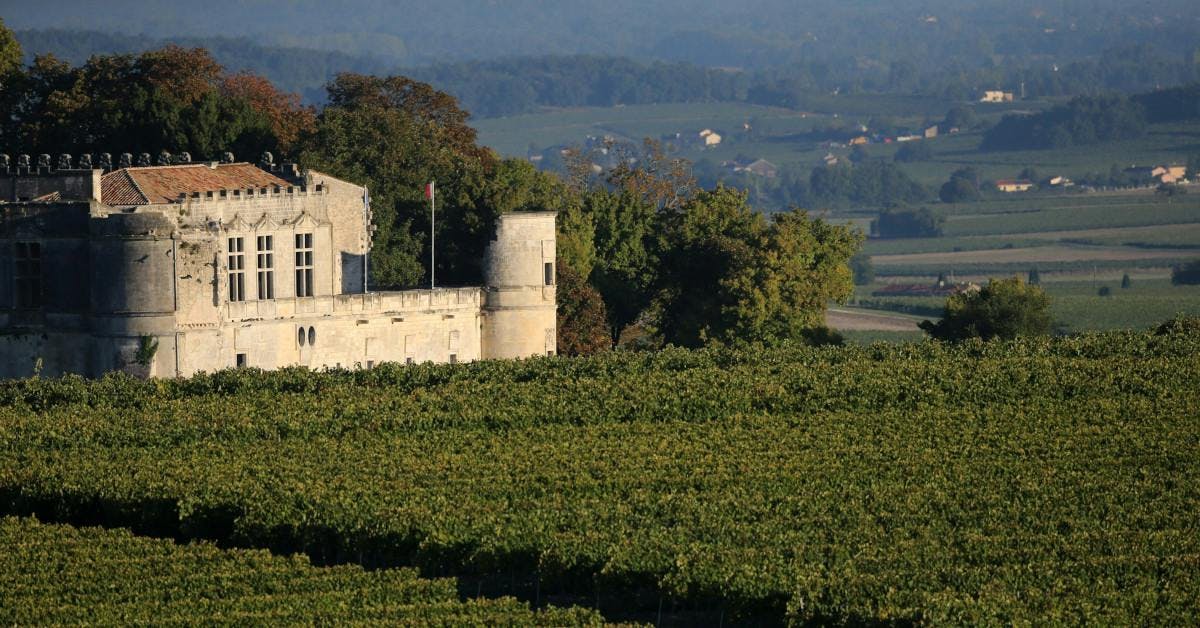
Slowly, Jean-Michel and Pierre worked with Christophe to build an elegant botanical blend that would highlight and enhance the piny taste of juniper. They brought together warming ginger, clove, nutmeg and cardamom; spicy cubeb, smoothing almond and citrusy coriander. But their star botanical was inspired by Emile’s ancient recipe: Mediterranean bergamot.
Pierre says, “It was one of the ingredients that my ancestor used in some of his recipes, so it’s a tribute to his gin.”
Bergamot is a fragrant citrus fruit that looks like a lime, but is actually a hybrid of lemon and bitter orange. Its unique sharpness lifts the juniper in Naud Gin and gives the spirit a citrusy je ne sais quoi. But, as the descendants of generations of master distillers, Jean-Michel, Christophe and Pierre have also relied on technique to set their gin apart.
Unlike many other distillers, who distil their botanicals all at the same time, the Naud family distil each botanical separately or in small mixed bunches. “To make the quality consistent, we prefer to blend the distillates of the botanicals together instead of mixing the botanicals before distillation,” says Pierre.
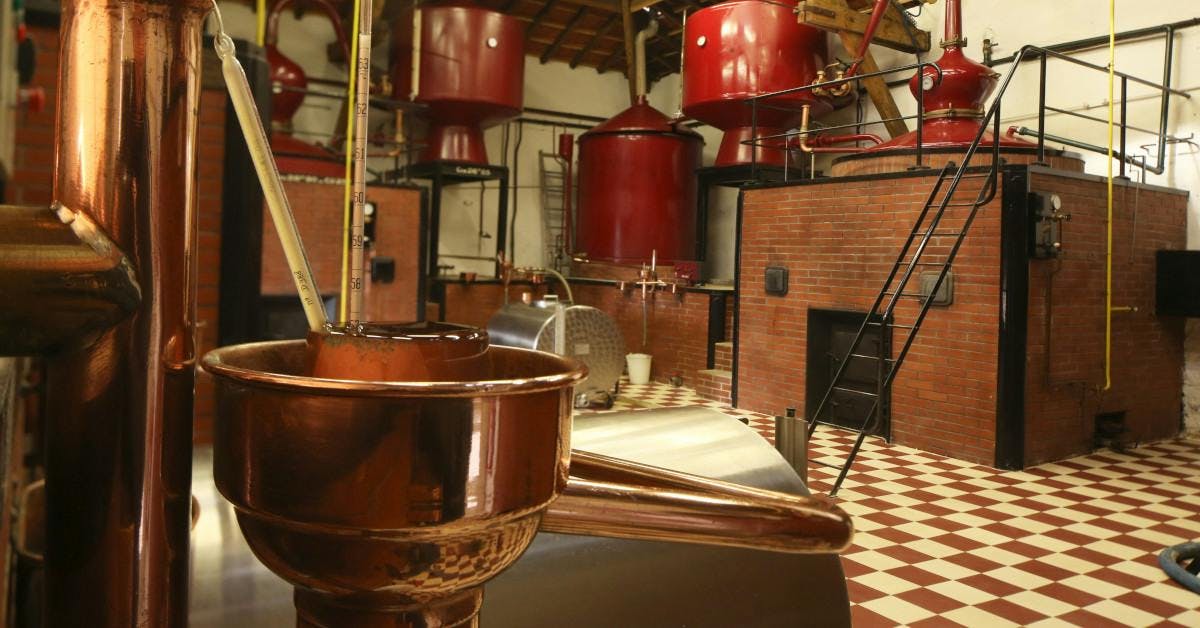
Each batch of Naud Gin begins with separate distillates of botanicals, including the bergamot, which is freshly harvested and distilled in winter. Working in this way allows Pierre to keep the quality of the final blend consistent.
When it comes to distilling his gin, the way that the still is heated also plays a huge role in how the finished spirit turns out. Pierre calls the technique used for Naud Gin a ‘vapour bain-marie’, a reference to the baking technique in which a fragile sponge batter is put in a pan of water and baked in an oven. The heat from the oven turns the water to steam, gently baking the sponge.
Similarly, Pierre’s version of a bain-marie involves running hot water under the bottom of his still. “In this way you can warm it more gently,” he explains.
Once all the distillates are completed, the real work begins: the blend.

As Pierre explains it, the true purpose of the blending stage is to ensure that every single bottle of gin tastes exactly the same, and maintains exactly the same quality, as all of those that have come before it. While it may sound simple enough, this can actually be a tricky undertaking; every run of the still is different, and individual botanical batches may be less flavourful or more fragrant than the one that preceded it. As with their family cognacs, the Nauds can use their expertise of blending to make every single bottle as stunning as the last.
“With gin, one plus one does not equal two,” says Pierre. “Each time you have a distillate in your blend, you have to change your recipe. It takes weeks to make the final blend.”
But one sip of Naud Gin will convince you that this gin is just what it promises to be on the bottle: noble and unique. “I want Craft Gin Club members to feel something different when they try our gin,” Pierre says. “We wanted to make this gin refreshing and easy to share.”
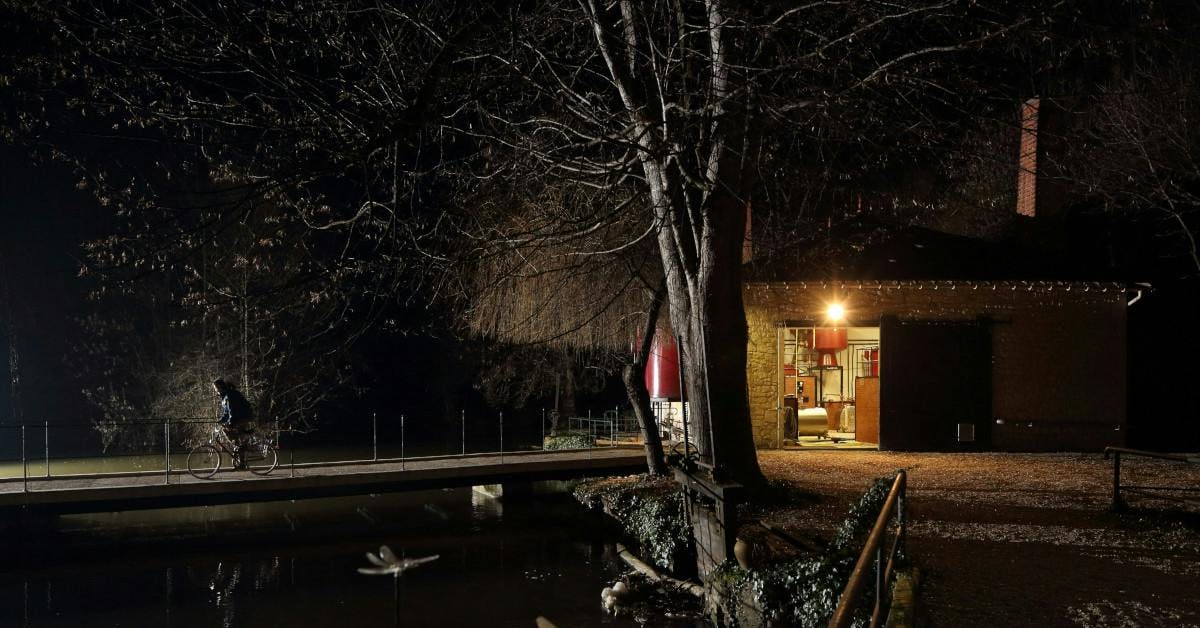
After all, sharing is something that the Naud family does well. They share their heritage and skills with spirits lovers around the world; they share their expertise with fellow distillers, including the Panamanian distillers with whom they now make rum; and share their day-to-day lives with one another, working together to bring a taste of their traditions to the world.
“Working with family is never easy,” laughs Pierre. “We don’t always share the same point of view. So every generation has to fight, to prove ourselves and defend our ideas. My ancestors had to do the same, and so did my father.
And it’s clear – with all of their success and all of their pride – that the fifth generation will be far from the last to live, work, distil and blend in their ancient grain mill.
“It’s just the beginning, I would say,” smiles Pierre. “We really want to leave our footprints on the gin category – we want people to drink the gin again and again. We have a lot of ideas, but for the time being we’re focused on supplying a great gin for all to appreciate.”







